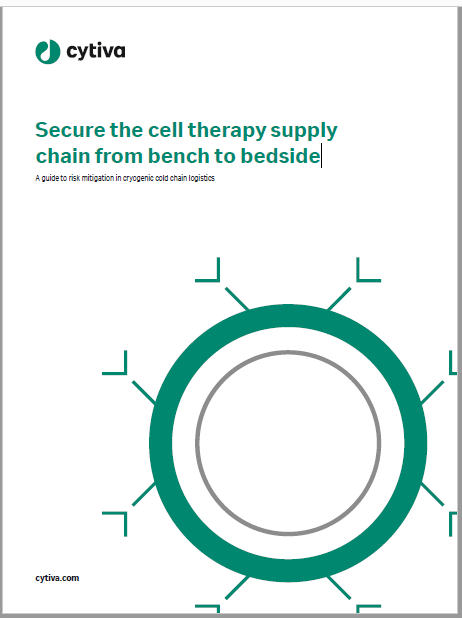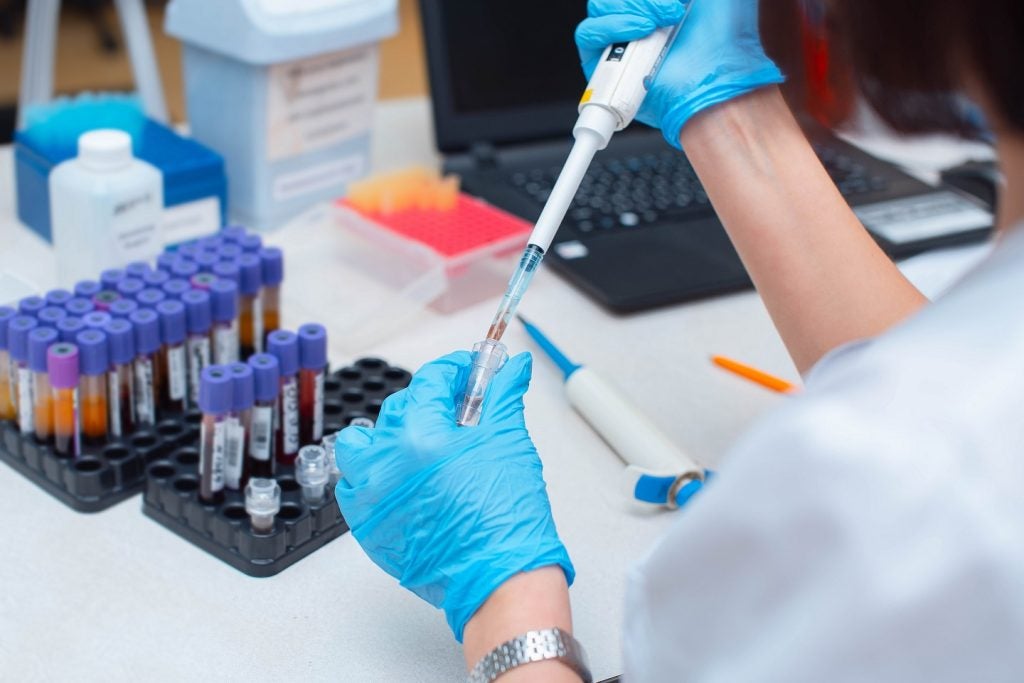
On 3 August, Novartis announced that the US Food and Drug Administration (FDA) had lifted a partial clinical hold on OAV-101, an intrathecal (IT) formulation of Zolgensma (onasemnogene abeparvovec). An intravenous (IV) formulation of Zolgensma was approved by the FDA in May 2019 to treat children from newborn to two years of age with spinal muscular atrophy (SMA). It has since been approved in several other markets, including the European Union (EU) and Japan last year.
The decision to lift the hold on the IT formulation, which was implemented in October 2019, was based on non-clinical data from a toxicology study in non-human primates that addressed safety concerns relating to the risk of dorsal root ganglia injury following IT administration. Novartis will now be able to initiate a pivotal, randomised, double-blind, sham-controlled Phase III trial (STEER) to evaluate the efficacy, safety and tolerability of a one-time IT dose of OAV-101 in treatment-naïve patients with SMA Type II aged between two and 18 years who are able to sit but have never walked. The IT formulation would allow patients older than two years of age to be treated with Zolgensma and would likely more than double the SMA patient population targeted by Novartis, which would have a huge impact on the drug’s potential revenue.
Zolgensma is currently the most expensive drug available, with a price tag of $2.1m. This is a barrier to uptake of Zolgensma as it has led to challenges surrounding reimbursement and, therefore, its availability to patients. It will be crucial that Zolgensma can demonstrate significant efficacy in the STEER trial to show that its long-term cost-effectiveness as a one-off gene therapy is favourable compared with its competitors, Biogen’s Spinraza (nusinersen) and Roche’s Evrysdi (risdiplam). In an earlier Phase I/II study, STRONG, patients treated with OAV-101 IT saw significant increases in Hammersmith Functional Motor Scale ‒ Expanded (HFMSE) scores, so there is promise for the Phase III trial.
The SMA market is increasingly competitive, with three products on the market. As such, the clinical hold imposed by the FDA did not just delay Novartis’ development of Zolgensma, it also allowed its competitors, Spinraza and Evrysdi, to gain traction in the older SMA patient population. Spinraza was first to market, having been approved in 2016 by the FDA, and is currently positioned as the market leader, with reported global sales of $2.05bn last year. Spinraza represents a chronic treatment option for SMA patients, however, unlike Zolgensma.
Evrysdi is expected to be a strong competitor in the SMA market, with its oral route of administration allowing for convenient at-home dosing. This would give it a strong advantage compared with both Spinraza and Zolgensma, which are administered intrathecally via an invasive lumbar puncture that requires hospitalisation. GlobalData forecasts that Evrysdi will generate $2bn worldwide by 2026.
See Also:
Cell & Gene Therapy Coverage on Clinical Trials Arena supported by Cytiva.
How well do you really know your competitors?
Access the most comprehensive Company Profiles on the market, powered by GlobalData. Save hours of research. Gain competitive edge.

Thank you!
Your download email will arrive shortly
Not ready to buy yet? Download a free sample
We are confident about the unique quality of our Company Profiles. However, we want you to make the most beneficial decision for your business, so we offer a free sample that you can download by submitting the below form
By GlobalDataEditorial content is independently produced and follows the highest standards of journalistic integrity. Topic sponsors are not involved in the creation of editorial content.










Related Company Profiles
Novartis AG
Biogen Inc